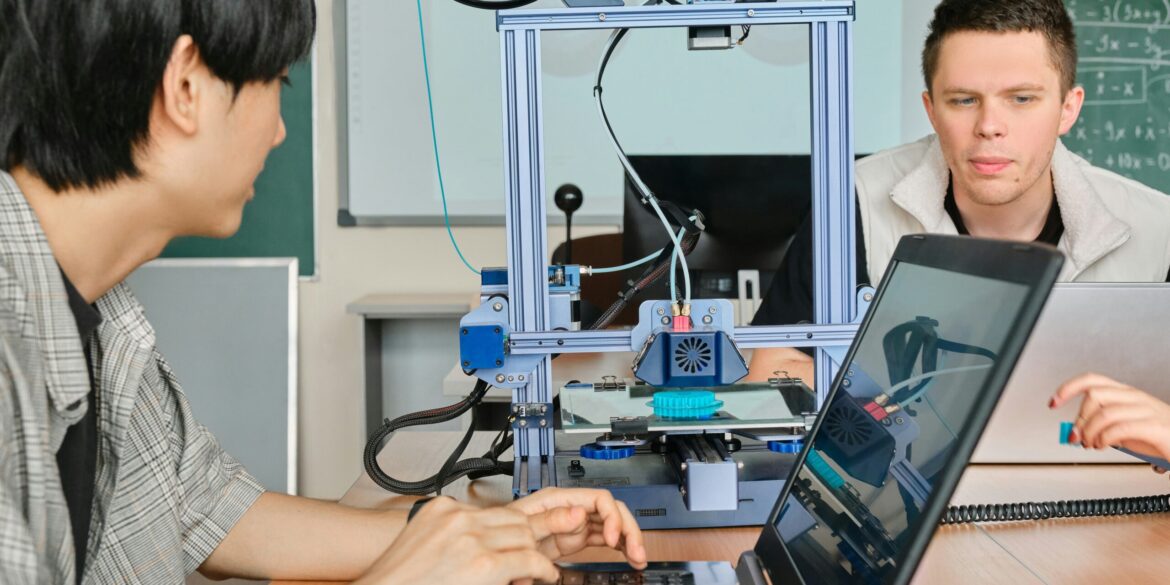In a major breakthrough for diabetes research, scientists have successfully 3D-printed human islets, which are insulin-producing cells in the pancreas. This cutting-edge achievement, announced on July 7, 2025, by a team of international researchers, has the potential to revolutionize the treatment of type 1 diabetes by providing a renewable source of insulin-producing tissue.
What Are 3D-Printed Islets?
The research, conducted by scientists from various institutions, centers on the creation of human pancreatic islets using 3D printing technology. The islets were created using bio-ink, which consists of human pancreatic cells suspended in a hydrogel matrix. This bio-ink enables the precise printing of cells in a three-dimensional structure that closely mimics the natural architecture of the pancreas.
In people with type 1 diabetes, the body’s immune system destroys the insulin-producing beta cells in the pancreas. As a result, patients must rely on insulin injections or pumps for blood sugar regulation. This research aims to create a functional, lab-grown alternative that could one day replace the need for donor organ transplants or the continuous use of insulin injections.
How the 3D-Printing Technology Works
The team used state-of-the-art 3D bioprinting techniques to layer the bio-ink, arranging the pancreatic cells to form structures that closely resemble the functionality of natural pancreatic islets. Once printed, the islets were shown to produce insulin in response to changes in glucose levels, much like the pancreas in a healthy individual.
This breakthrough could dramatically shift the way diabetes is treated in the future. Instead of depending on external insulin sources or organ transplants, patients could receive customized, lab-grown tissue, potentially eliminating the need for lifelong insulin therapy.
The Impact on Diabetes Treatment
The successful creation of 3D-printed human islets could provide a groundbreaking solution for type 1 diabetes, a condition that currently affects over 1.6 million people in the United States alone. The ultimate goal of this research is to create a reliable and renewable source of insulin-producing cells that could be implanted into patients, offering them a potentially permanent solution.
Beyond its immediate impact on diabetes, this technology could pave the way for organ regeneration in other areas of medicine, demonstrating the vast potential of 3D bioprinting. By overcoming current limitations in organ donation and transplantation, the field of regenerative medicine may soon see a new era of growth and accessibility.
Future Steps and Challenges
Despite this success, there are still several challenges that need to be addressed before 3D-printed islets can be used in human patients. One of the primary hurdles is ensuring the long-term survival and function of the transplanted tissue. Researchers must also refine the printing techniques to improve the scalability of production for broader use.
Additionally, regulatory and ethical considerations will play a significant role in the commercial use of lab-grown organs. However, with the progress demonstrated by this research, the outlook for the future of diabetes treatment is more promising than ever.

